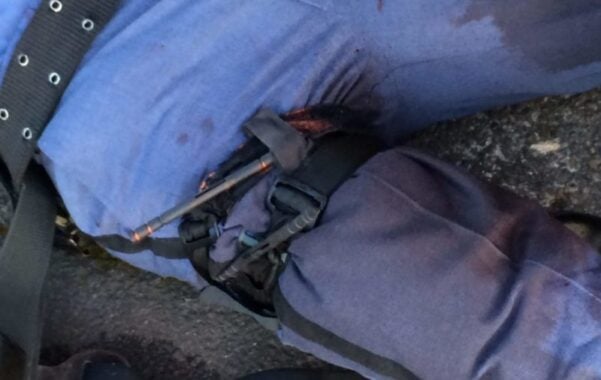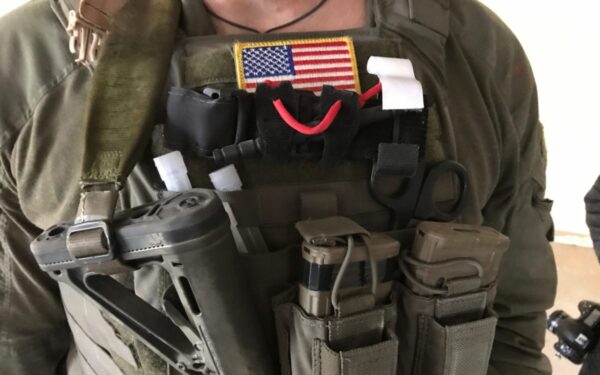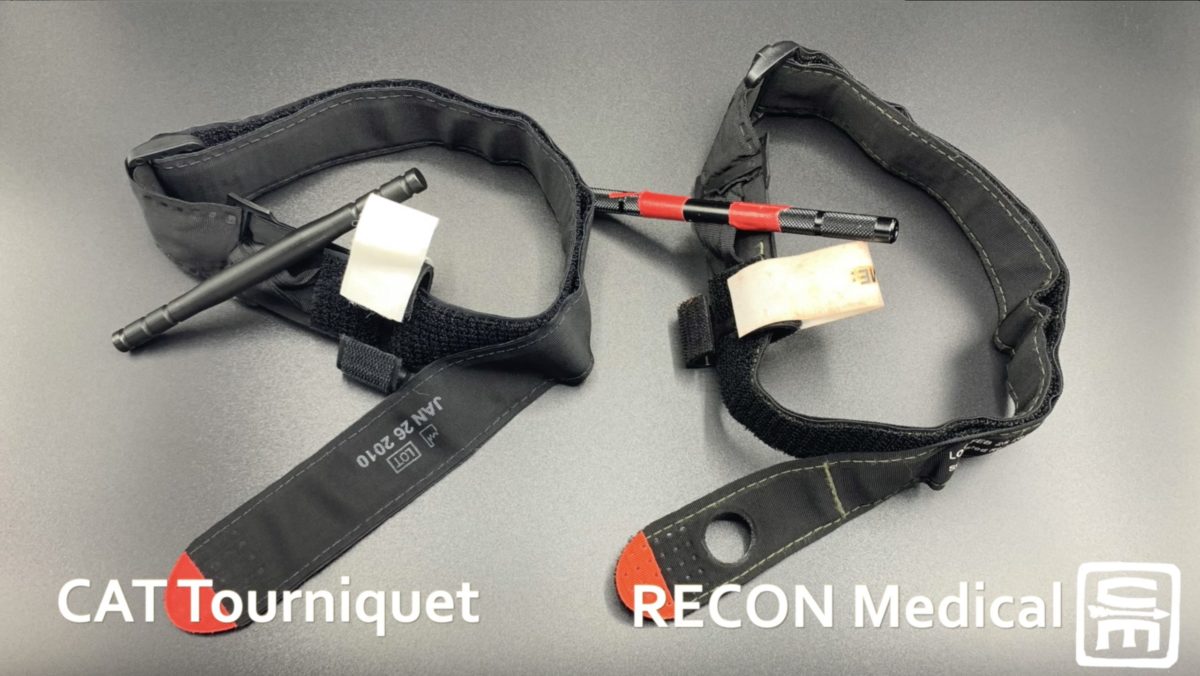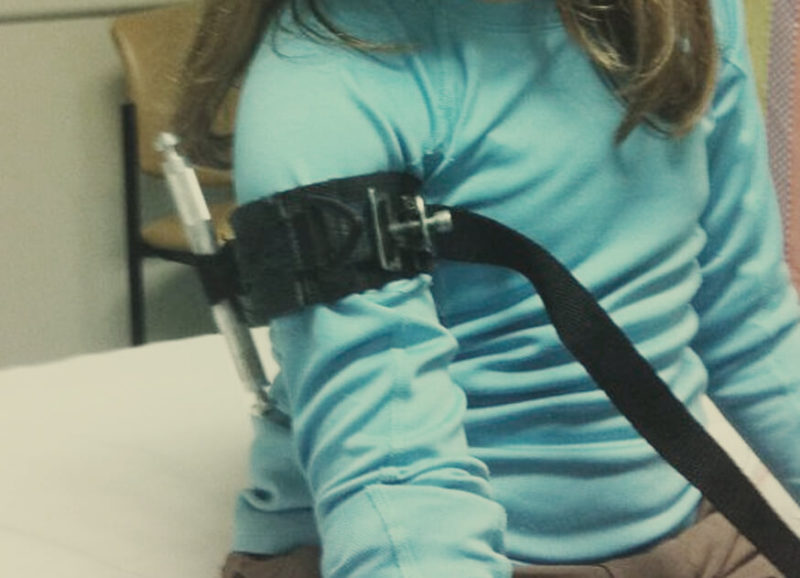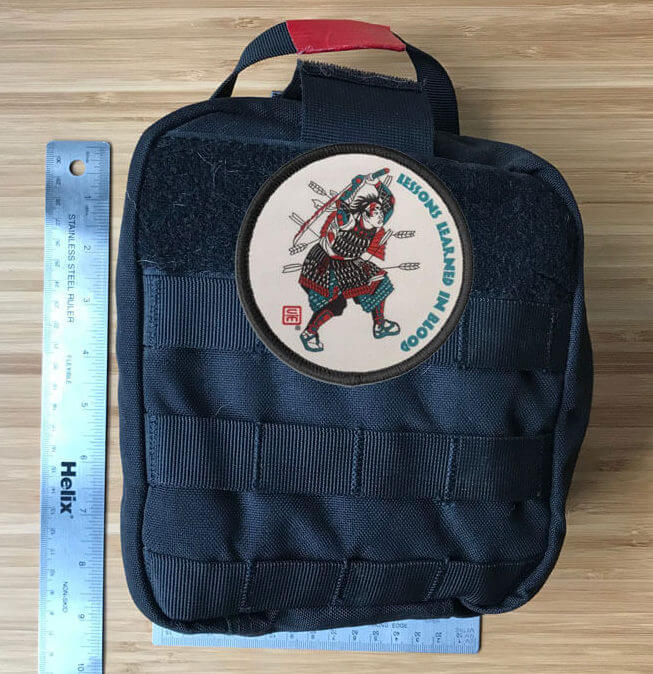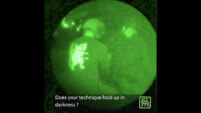If you are going to carry a tourniquet, we feel two is the minimum load-out carried on the body. Researched and written by Mike Shertz, MD/18D, not AI 🕖 Reading Time, 3 minutes The best data available indicates a 70% …
We want people and organizations to understand what medical equipment they need, what they should purchase, and equally importantly, what to avoid.
- We don’t sell gear and don’t get kickbacks when students buy gear we believe is supported by the medical literature.
- We train people who want to help in emergencies, especially those in high-risk environments.
We want everyone to get the training and supplies they need to be Force Multipliers for Good and make our communities more resilient.
CAT Environmental Breakage 🕖 Reading Time, 3 minutes We receive frequent questions about shelf-life and environmental degradation of tourniquets. There has been some discussion in the US Department of Defense about declaring a five-year self-life for new, unused commercial tourniquets …
🕖 Reading Time, 4 minutes In concept, any non-elastic material wrapped circumferentially around a limb and tightened should be able to generate enough pressure to occlude arterial flow and act as a tourniquet. Although there are numerous tourniquets on the …
🕖 Reading Time, 5 minutes Jacob Hall, 6 years old, died of a femoral artery laceration after being shot by a 14-year-old while he was at recess at his school. Another student and a teacher were wounded. Would a tourniquet …
🕖 Reading Time, 8 minutes One thing you figure out quickly in Army Special Forces is that if you get a bigger rucksack, you will always find things to put in it: Whether those things need to be there or …
Managing casualties in darkness is always challenging. 🕖 Reading Time, 4 minutes Typical prehospital casualty evaluation is mainly done visually with some palpation. Blood is difficult to see in lowlight settings. This has led tactical medical providers to try various …

